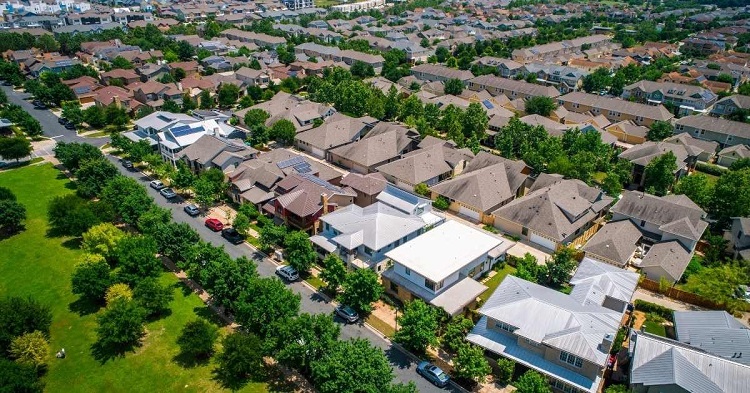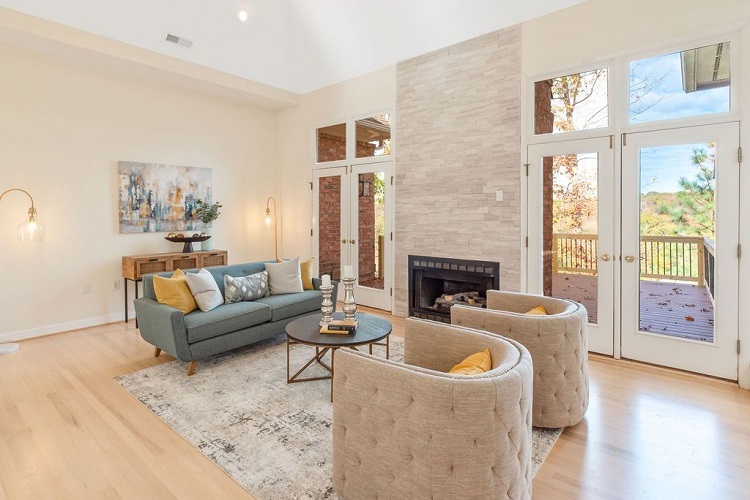If you’ve ever looked at a property’s past sale history and noticed how much its price has gone up, you’ve seen value appreciation at work. It’s not just about luck or timing. It’s a mix of factors that influence how much a home or building is worth as time passes. And if you’re thinking about investing, owning long-term, or even just curious about what affects housing prices, this is something you’ll want to understand.
What Is Value Appreciation, Really?
In basic terms, value appreciation is the increase in a property’s market value over time. If someone bought a flat for £200,000 ten years ago and today it’s worth £350,000, that’s appreciation. But it doesn’t happen evenly or automatically. Some areas see sharp rises. Others might stay flat for years.
Appreciation can come from several things; some within your control, and some completely out of it. Think local development, economic shifts, or even just the state of the building itself.
Location Still Tops the List
You’ve probably heard the old line, “location, location, location.” It’s still true. Where a property sits makes a massive difference.
Take two identical houses. One’s in a city with excellent schools, transport links, green spaces, and rising employment. The other’s in an area with high crime, struggling local shops, and poor connectivity. You can probably guess which one will be worth more in ten years.
Even smaller location factors can matter. Being on a quiet cul-de-sac might beat a busy main road. Proximity to a train station or park can push values higher too.
Infrastructure and Local Development
Say a new train line gets built, cutting commute times. Or a shopping centre opens nearby. Suddenly, that area becomes more attractive, and house prices start creeping up.
You’ll sometimes see this before projects are even finished. Just hearing about a major development can stir interest and push demand. Investors and homebuyers try to get in early, hoping the price will rise later.
But it’s not just new stuff. Refurbishment of rundown streets, better lighting, or even the opening of a good school can create long-term appreciation.
Supply and Demand – Still the Basics
Property follows the same rules as most markets. If demand is higher than supply, prices go up.
In areas where housing is limited but loads of people want to move in, values usually rise. That’s part of why some city neighbourhoods go from “affordable” to “out of reach” in just a few years.
On the flip side, if developers put up loads of new flats at once in a small town with little population growth, you might not see much appreciation at all.
Condition and Upgrades
This part’s more in your hands. A well-maintained home holds and builds value much better than a neglected one.
Simple things like keeping the roof in good shape, repainting, updating kitchens and bathrooms; they can make a big difference.
But upgrades only help if they match what buyers want. Adding a home office in a city flat during a shift to remote work? Smart. Installing a sauna in a tiny second bedroom? Probably not the best move.
Timing and Market Cycles
The property market moves in cycles. There are booms, slowdowns, corrections, and everything in between.
Buying at the right point in the cycle can make a big difference. You might get in low, ride the wave up, and see strong appreciation. But trying to time the market perfectly? That’s tricky.
Some people hold for the long term to even things out. Over ten or twenty years, the dips and rises tend to balance into growth, especially in stable markets.
Gentrification and Shifting Tastes
Ever noticed how some areas once seen as “undesirable” suddenly become trendy? That’s gentrification at work.
It usually starts with younger buyers or creatives moving in because prices are low. Then cafes, shops, and investors follow. Before long, the area’s on property blogs and prices start shooting up.
Of course, gentrification is complex. It can price out long-time residents and change communities quickly. But from a value standpoint, it can lead to huge appreciation in areas that once had very little.
Broader Economic Conditions
Interest rates, inflation, employment levels. These all impact real estate.
When interest rates are low, borrowing is cheaper. More people can afford mortgages, pushing up demand and, often, prices.
But if rates rise, that can cool the market. People might hold off buying or trade down to something smaller. And if inflation’s high but wages aren’t keeping up, fewer buyers can compete for homes. That affects appreciation too.
Rental Potential and Investor Interest
Even if you’re not planning to rent out a property, the area’s rental potential can still affect its value.
Investors often buy where they know rental demand is high. If loads of renters are looking in a specific area; maybe near a university or business hub; that can boost purchase prices as landlords compete to buy.
And if rental income in an area is solid and growing, that gives the property a stronger long-term investment case. Buyers will pay more upfront because the returns are likely to be worth it.
Emotional Appeal and the “Feel” of a Place
Not everything about appreciation is easily measured. Sometimes it’s the way a street looks in the evening or how a neighbourhood feels when you walk through it.
Buyers pick up on these things. If a place has charm, if it’s walkable, if it feels welcoming. That can affect price more than square footage or builder reputation.
These softer details are often overlooked in market reports but play a real part in how much people are willing to pay.
Long-Term vs. Short-Term Mindset
Trying to flip a property in a year for a profit is very different from holding one for a decade.
Short-term appreciation can happen, especially if you catch a rising market. But that’s risky and depends on timing. Long-term value growth is steadier and often tied to gradual shifts. Development, schools, transport, local reputation.
If you’re thinking long term, you don’t need the property to explode in value overnight. You just need it to grow steadily and stay desirable.


